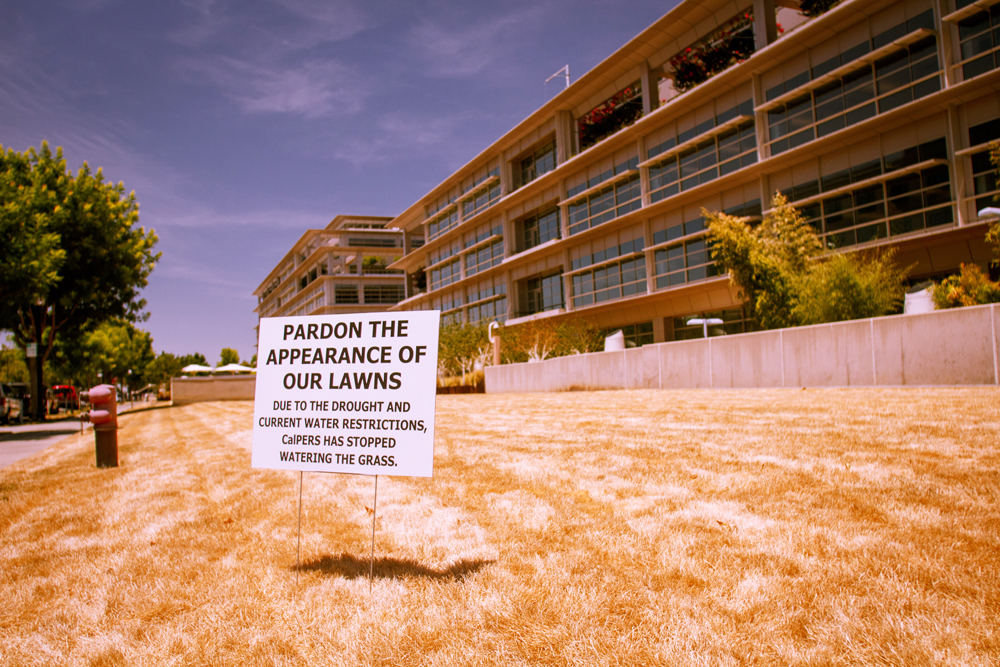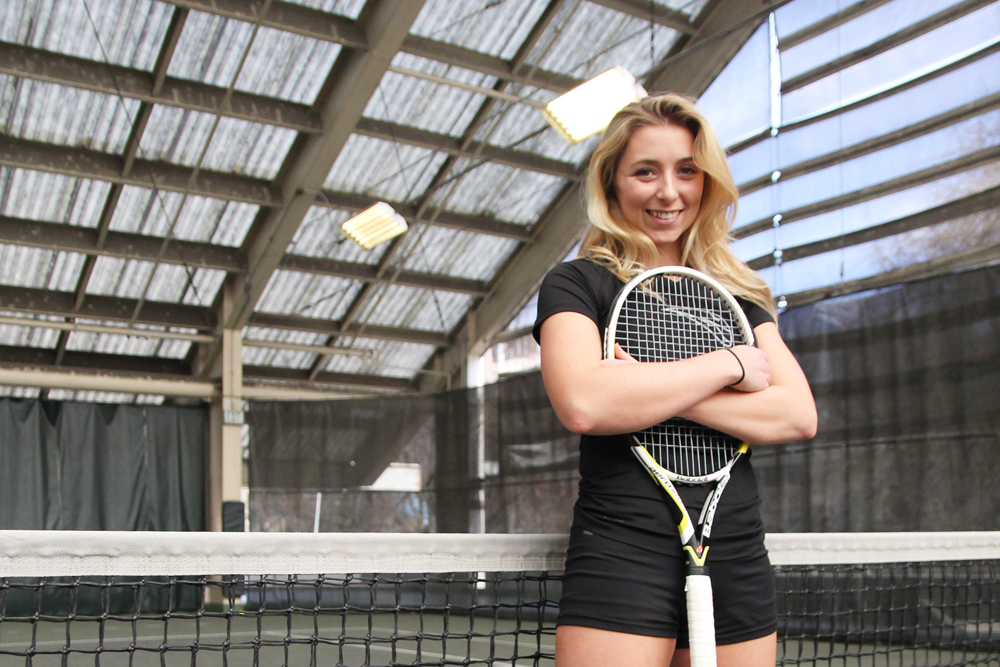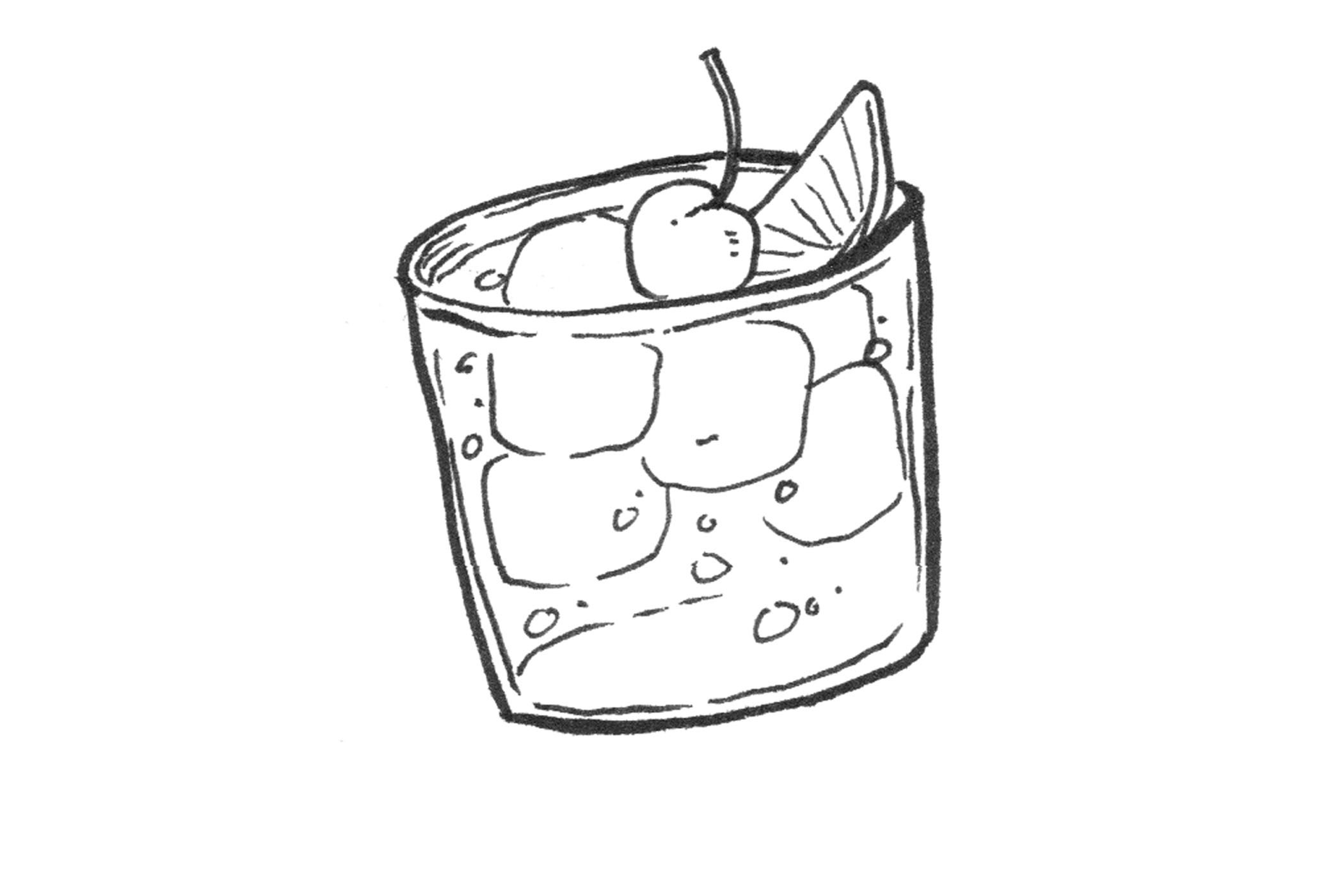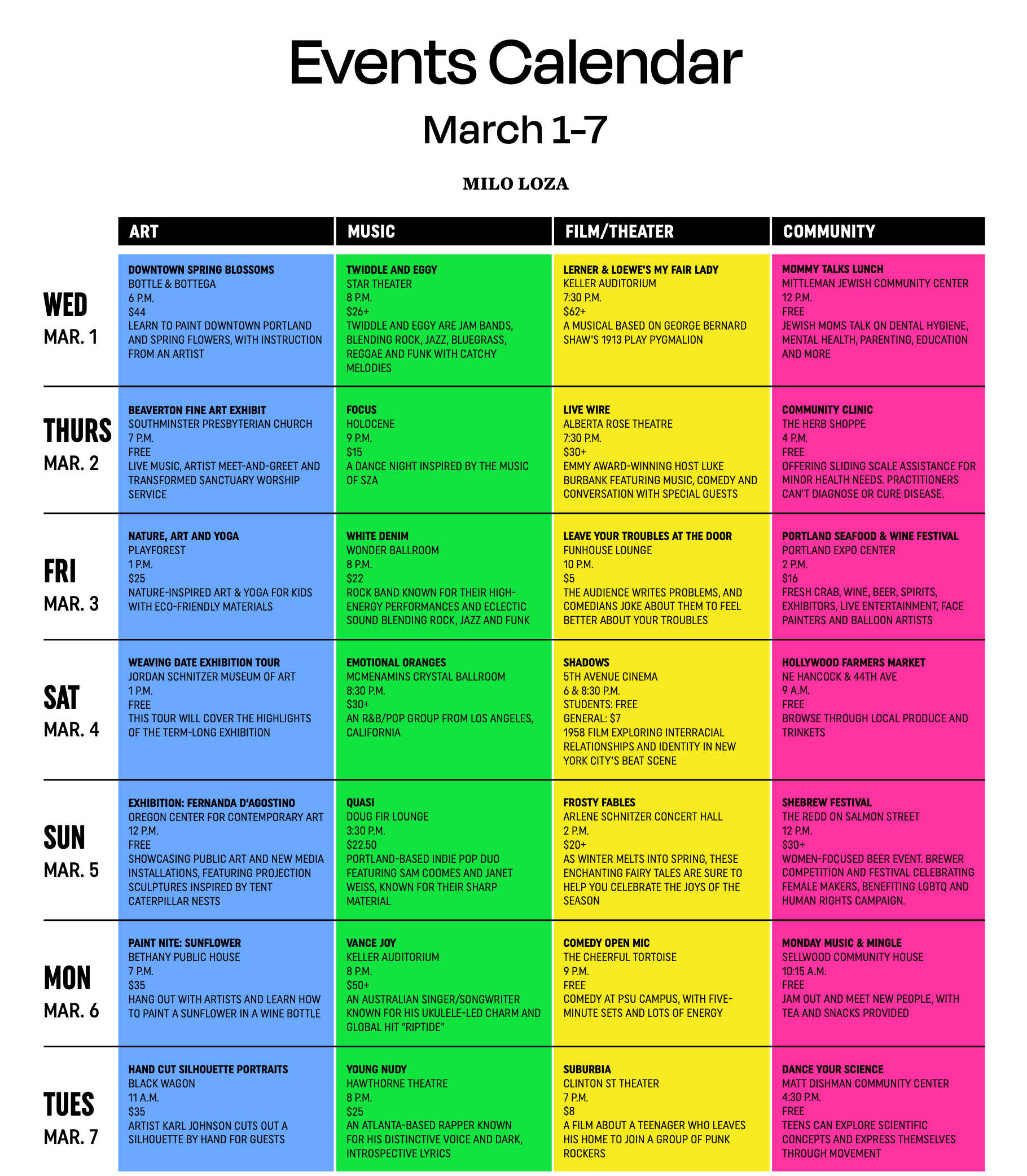Berkeley Professor of Economics Peter Berck visited Portland State on April 29 to deliver the first in a series of lectures that will address the effects of climate change on national and global economies.
The lecture series, called “Environment, Economics and You,” is hosted by PSU’s Institute for Economics and the Environment. IEE was established two years ago in an attempt to show audiences the link between the two seemingly disparate fields of economics and environmental sciences.
The lecture series comes a year after the release of reports by the Intergovernmental Panel on Climate Change that indicate levels of carbon dioxide in the atmosphere are higher than they have been in half a million years.
“In Portland we just finished the warmest winter ever recorded,” said Institute Director and Professor of Economics Randall Bluffstone.
The series continues from lectures that took place between winter and spring terms.
Berck’s lecture attracted 80 audience members.
“Climate change is a topic that’s on everyone’s mind right now,” Bluffstone said. “We’re just starting to see its effects.”
The lecture focused on Berck’s research regarding global warming’s potential effects on American agriculture, specifically how rising temperatures will force corn farmers to change the crops they grow in order to fertilize soil for their main crop.
“As you all know, it may get a little warmer,” Berck said in his lecture. “This will be a hot and humid thing, which would be uncomfortable, but it can be really deadly. So we care about whether it will be not only hot but dry…From an agriculturalist’s point of view that is the disaster.”
Berck was careful to note that his research is based on what he called a moderate forecast of global climate change.
“I have a very moderate answer here, and it’s because I used a very moderate forecast,” Berck said. “If I chose a forecast on the [extreme] edge, it would be much worse.”
Berck used research conducted by his colleagues Mike Roberts and Wolfram Schlenker to show how agriculture would be affected by different changes in climate, noting that the research also took into account humidity levels.
“They said, ‘Well, let’s break this down a bit…How many hours during the growing season was the temperature between 10 and 12 [degrees celcius], how many was it between 12 and 14, 14 and 16?’ All the way up to 29,” Berck said.
He said every hour the temperature rises above 29 degreees, yields reduce quickly. For corn, he added, that hot temperature makes the biggest difference.
After explaining the problems climate change might create for farmers and agriculturalists, he turned to possible solutions.
Instead of suggesting any particular approach to agricultural change as being particularly effective, he explained several options.
“What do you do about it?” Berck said. “If it’s going to get hotter, and it’s going to get dryer, does that mean that I should grow cotton in Minnesota? The second question I’m going to try to answer is: We use a lot of our corn to make bad beer, and then we take the bad beer to make bad whiskey, and then we feed it to our cars.”
“There are crops that make a lot more yield than corn that you could use to make biofuels…So there are two things: Where would something new go? And the other is: Where would I put the old things if it got hotter?” he added.
As climate continues to change, Bluffstone stressed the importance of communicating science to members of the community.
“The idea is to engage in a broad spectrum of people who may be connected only by interest in the topic.”






